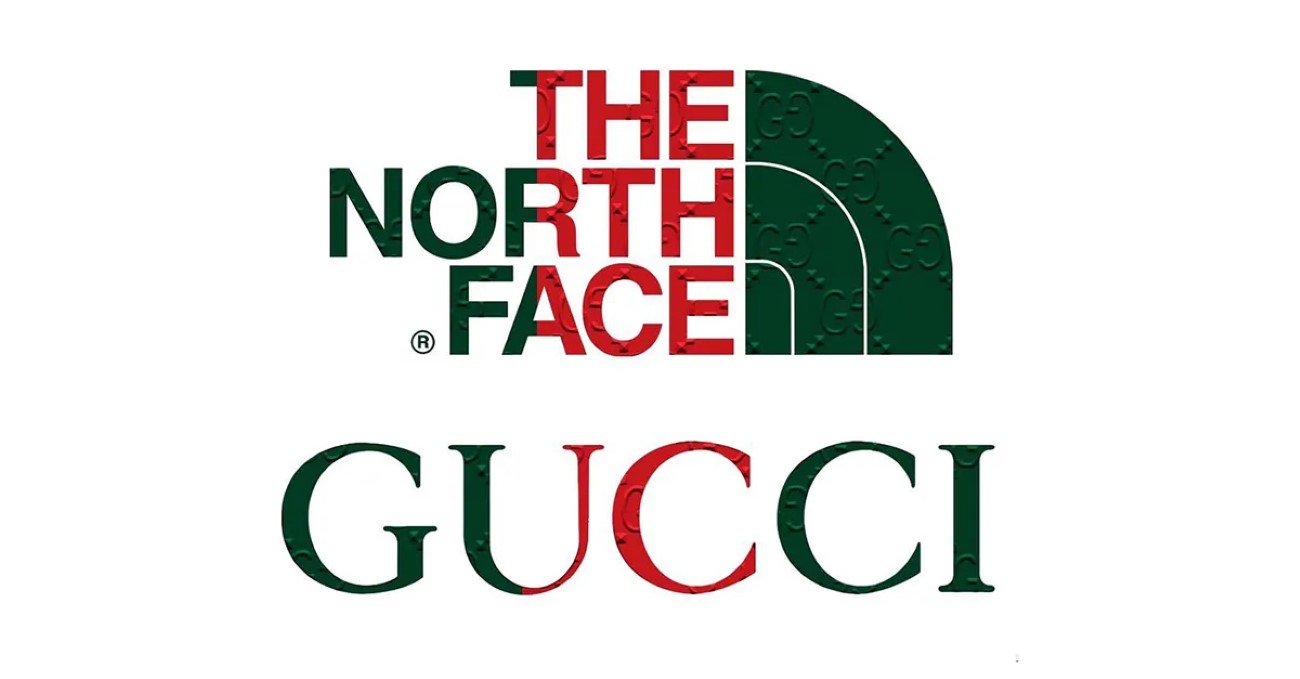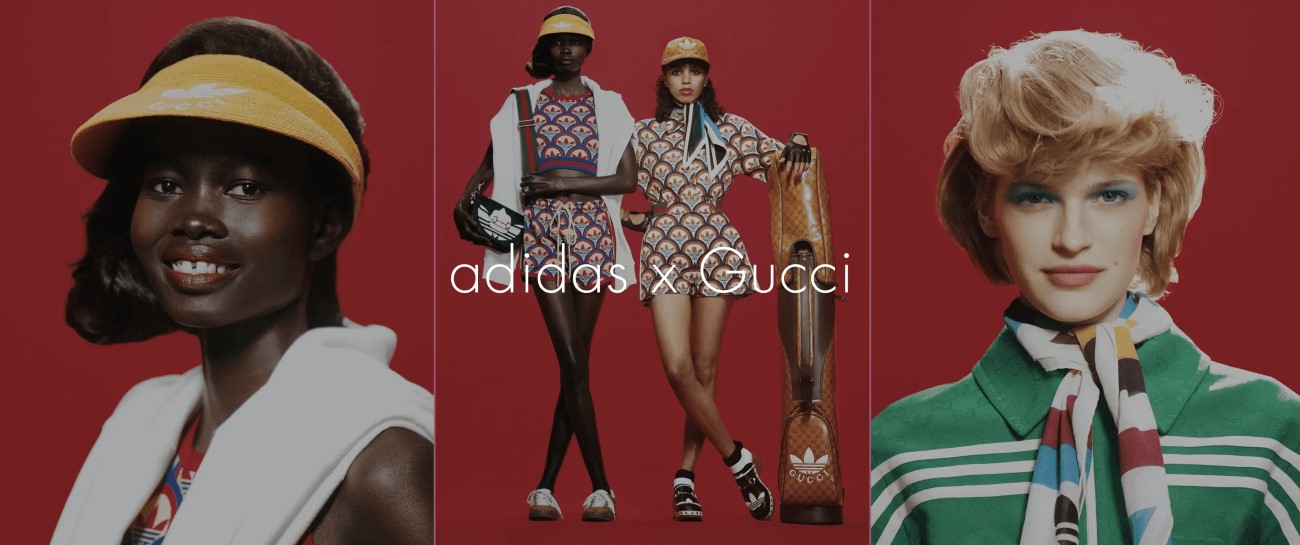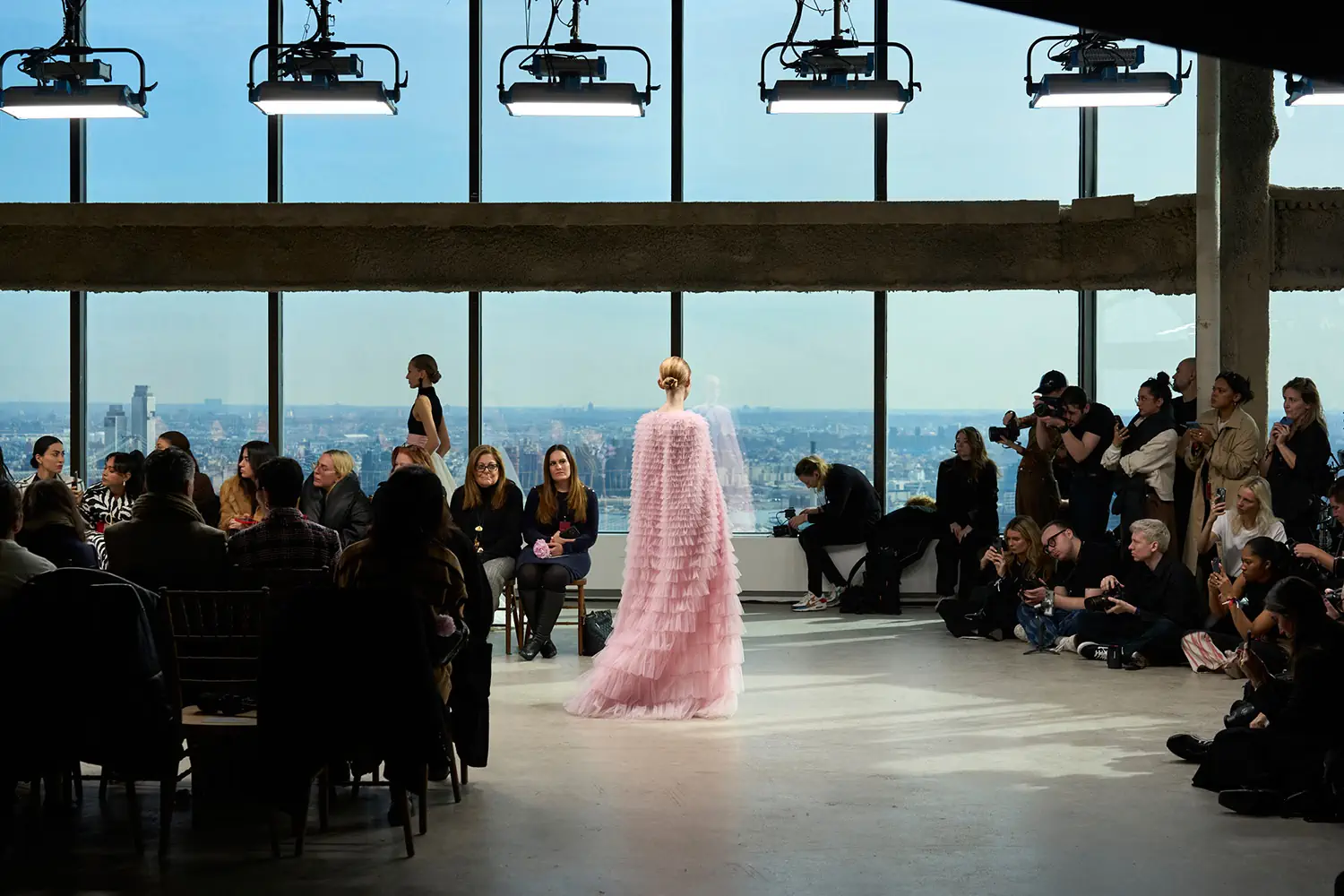Fashion brands have paired up with artists, musicians, and athletes for decades, from the iconic pairing of Vivienne Westwood and Keith Haring in the 80s to the timeless partnership of Michael Jordan and Nike, which birthed the most famous sneaker in the world.
But in recent years, the blueprint for fashion collaborations has changed, and brands are working harder than ever to reach consumers’ wallets and social media feeds. So whether it is Crocs NZ teaming up with Telfar or H&M joining forces with Lagerfeld, collaborations play an essential role in the fashion world.
Why do Brands Collaborate?
Collaborations are essential for brands as it allows them to tap into an audience they have yet to reach. But more importantly, it creates an opportunity for fashion brands to deliver a collection outside their trademark style with new and refreshing designs.
As collaborations are typically a short-term blast, there is more emphasis on the limited edition air around them. This causes items to sell out quicker, further expanding the brand’s hype.
Reach Aspirational Audiences
Collaborations are famous for allowing brands to reach new audiences that may not be interested in the brand otherwise. But a massive trend being observed, particularly for luxury companies, is the ability to reach aspirational audiences.
These types of people typically cannot afford to buy luxury brands but aspire to one day. It is a key market, with 37% of global consumers falling into this market bracket. Swedish fast-fashion brand, H&M, has collaborated with prominent designers over the years, directly leading to sold-out collections and nearly tripling the number of in-store customers.

You maybe interest to read:
Mugler and H&M: United in a groundbreaking collaboration celebrating legacy and innovation
The end of an era: Jeremy Scott bids farewell to Moschino
Rembrandt inspires: JW Anderson’s latest capsule collection
Provide Exclusivity & Scarcity
Because collaborations are limited in nature, luxury brands are able to drive up the demand for products even further by pushing the narrative of exclusivity and scarcity with their drops. For example, DIOR and Nike paired up for an exclusive Air Jordan drop designed by the creative director of DIOR, Kim Jones, during the pre-fall 2020 show.
Only 13,000 pairs were produced and sold for $2000 for low-tops and $2200 for high-tops. A microsite was created before their launch where customers could register to buy the sneakers. Five million people signed up on the first day the site was launched.
Appeal to the New Consumer Audience
In today’s market, the Gen Z audience is the biggest consumer market that brands and businesses alike have to appeal to. Embracing social media, particularly TikTok, gives brands a chance to advertise where they know their products will be seen.
Furthermore, post-covid research has shown that younger audiences prefer brands that stand for something and support their stated values. For example, 89% of those who participated in the study said that brands seeking to help solve community problems would gain their business.
The Influencer Influence
Love or hate them, social media influencers are becoming massive partners for collaborations with big brands. Thanks to their enormous engagement and influence across social media, they help brands reach vast amounts of people in short periods of time, allowing collections to be sold out before they even hit the market.
Collabs that Boosted Business
While some collaborations have felt like a pairing that always needed to happen, like Pandora and Disney, others have been met with confusion and scepticism.
But even though these partnerships felt random and out of place, their success has proven that even the most unlikely combinations can equal great success.
Kanye West and Gap – The High-Low Collab
Pioneered by H&M, the high-low collaboration, which saw the marriage between retail shopping and luxury, has been around for decades. It allows high-end brands to draw in the aspiration audience who feel like owning these luxury items is finally within reach.
The idea of ‘cheap luxury’ was significantly boosted in 2020 when Kanye West’s high-fashion label partnered with Gap to create Yeezy Gap. Analysts predicted the pairing could have raked in $1 billion in sales in the first year.
Tiffany & Co. and Supreme – The Makes-Absolutely-No-Sense Collab
With most partnerships, there is a clear connection between the two brands or companies that explains their desire to create together. But in the case of Tiffany & Co. and Supreme, many in the fashion world were left scratching their heads in confusion.
It was difficult to picture the target audience of this collection as both brands appealed to vastly different markets and demographics. One was famously popular with hype beasts and sneakerheads, while the other created sought-after jewels of your wildest dreams. But when the collection went live in November 2021, it sold out within seconds.








